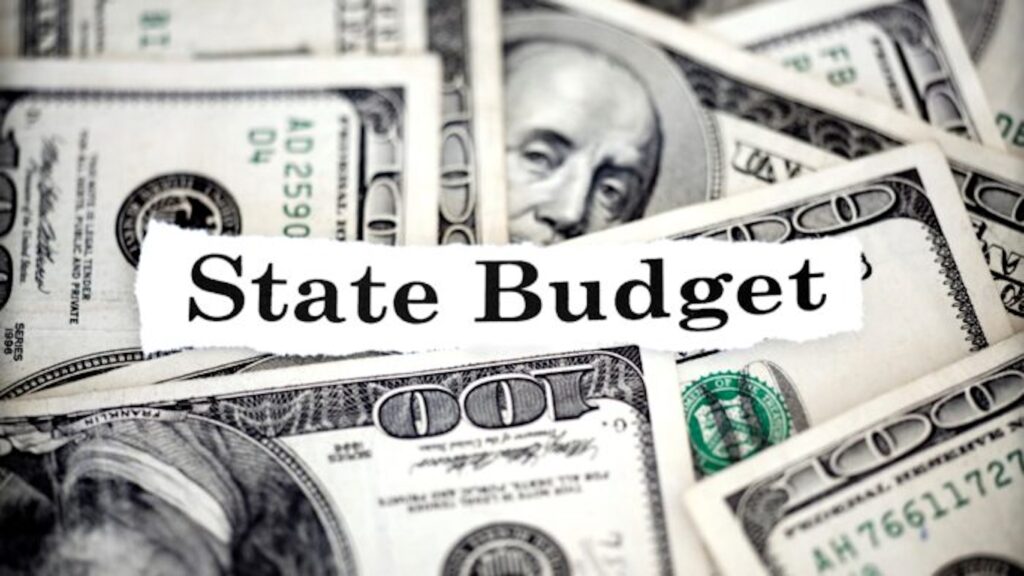“Federal dollars flow to almost every major state agency.” (Getty Images)
Public policy discussions are often siloed between levels of government. Federal, state, county, and municipal governments, as well as school districts and other public entities, all have different sets of responsibilities. Policymakers in offices at each level of government typically focus on issues over which they have the most direct control. However, these governments are often financially interconnected, and changes at the federal level can have cascading effects throughout state and local public finances.
For example, the New Hampshire state government received nearly $3.8 billion in federal funds during state fiscal year 2023. Federal dollars financed nearly one-third of all expenditures in the current state budget.
The single largest program the state operates, Medicaid, is a state-federal fiscal partnership that supplied almost $1.4 billion in federal funds, or about 56.5 percent of all Medicaid program expenditures, to help enhance access to health care for more than 181,000 Granite Staters each month during state fiscal year 2024. Other key federal transfers to the state include funding for transportation projects, food assistance benefits, aid to households to purchase home heating fuel, drinking water and wastewater infrastructure, support for free and reduced-price meals for students at school, care for veterans and for children in early education, and many other programs. Federal dollars flow to almost every major state agency.
These funds are available to support state services because of federal policy choices. However, federal policymakers will be facing an array of significant fiscal policy decisions through 2025, due largely to previously established deadlines.
Even before 2025 starts, policymakers will need to approve new spending authority for the federal government after mid-December 2024, and another short-term agreement could push the deadline for a more comprehensive solution to 2025. The federal government’s debt limit, currently suspended, takes effect in January 2025; inaction could jeopardize the U.S. government’s ability to borrow money or fund services. The current spending caps on the federal government’s annual budget, passed in 2023, will be lifted in September 2025, potentially triggering more budget negotiations. The end of 2025 is also the scheduled expiration of enhanced health care marketplace subsidies, which provided an estimated $38.4 million to Granite Staters in 2023 to help them afford individual health coverage.
One of the most complex federal fiscal policy debates next year may be the expiration of key components of the 2017 Tax Cuts and Jobs Act (TCJA) after December 2025. The TCJA reduced the federal corporate tax rate from a maximum of 35 percent to a flat 21 percent, reduced tax rates for most individual income taxpayers, and changed both business tax and individual income tax credits, deductions, and exemptions for key parts of the tax code.
While most of the TCJA policies impacting businesses are permanent in federal law, most of the individual income tax provisions expire after 2025. While all income groups saw an aggregate tax reduction from the TCJA, these expiring tax provisions have primarily benefited households with higher incomes, particularly the provisions regarding the Estate Tax and deductions for certain business-related income recorded on individual tax returns.
As Congress considers these fiscal policy decisions, funding for key programs, including funding for Medicaid and other state-based assistance programs, may be at risk. Potential changes could substantially reduce the amount of money flowing to New Hampshire. State policymakers would then have to consider either changes to key public services, replacing lost federal funds with state-based revenue sources, or a combination of both.
With state revenues already falling below expectations so far this fiscal year and several looming costs related to legal actions potentially facing the state, policymakers may encounter a more challenging fiscal environment in 2025 than during any of the last four state budget cycles without any reductions in federal revenue.
Lawmakers seeking to save money during and following the Great Recession of 2007-2009, a very challenging fiscal environment, reduced aid to local governments, such as through eliminating the state’s retirement match for local public employees. While direct aid from the federal government typically only accounts for a small share of total county, city, town, and school district revenue in New Hampshire, local governments in the Granite State receive about a quarter of their revenue from the state government. Reductions in this state aid could put upward pressure on local property taxes.
Discussions about public policy might happen in siloes, but the effects of fiscal policy decisions are not necessarily confined to one level of government. Changes made by the U.S. Congress could easily, and significantly, impact state services and, in turn, local property taxes. Additionally, certain federal funds, such as for food assistance and other programs targeted at bolstering the financial security of individuals and families with low incomes, are effective economic stimulus. Decisions in Washington, D.C., during 2025 may have a significant impact on government budgets, public services, and local economies in the Granite State.

